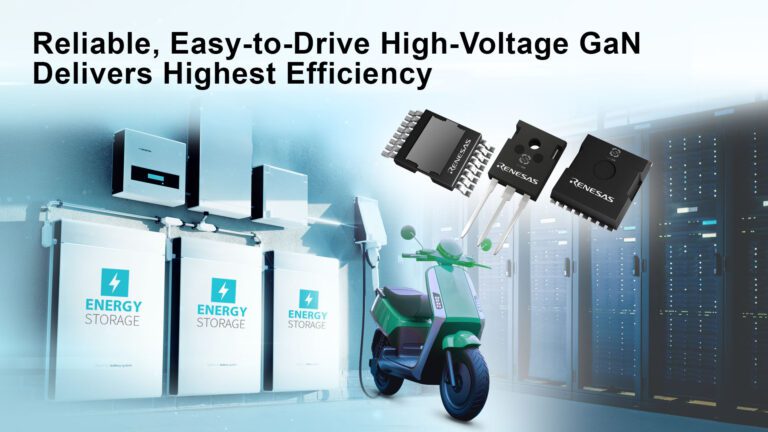Silicon Mobility invented the Field Programmable Control Unit (FPCU), a cutting-edge system-on-chip designed to replace traditional microcontrollers in the automotive sector. Over the past few years, Silicon Mobility has been diligently developing the 2nd generation of FPCUs, known as the OLEA® U FPCU series, now opening access to lead customers. The OLEA U FPCU series… Read more »
Search Results Found For: "Silicon Mobility"
A cutting-edge system-on-chip designed to replace traditional EV microcontrollers (Webinar)
Silicon Mobility invented the Field Programmable Control Unit (FPCU), a cutting-edge system-on-chip designed to replace traditional microcontrollers in the automotive sector. Over the past few years, Silicon Mobility has been diligently developing the 2nd generation of FPCUs, known as the OLEA® U FPCU series, now opening access to lead customers. The OLEA U FPCU series… Read more »
Today’s EV engineering webinar schedule: Tuesday, April 18th
Today, Charged is hosting a virtual conference on EV engineering that’s free to attend. The conference includes live webinar sessions with interactive Q&As and on-demand webinars. View the daily session schedule online here. All live sessions will be recorded and available to view after the broadcasts. You can access the recorded videos on each session’s… Read more »
How To Unleash SiC Power Device Efficiently With Smart Control?
The efficiency of electric vehicles has become a challenge for todays’ OEMs. After having achieved market entry, next generations of EVs must prominently be more efficient. It is not only better for energy consumption and environmental concerns, but also a strong key differentiator as dozens of new EV models are introduced every year. With lower… Read more »
How pressure-sensitive adhesive tapes enable vehicle electrification (Webinar)
Pressure-sensitive adhesive tapes are a reliable solution for a range of EV battery pack applications. These include bonding, flame retardance and dielectric insulation, and protection of sensitive materials. However, EV battery applications represent just a fraction of the many ways these tapes can support the electrification of modern vehicles. In this free webinar at our… Read more »
Design Of Efficient And High-Power Density DC/DC Converter
DC/DC converters are key elements of electrified powertrain delivering the necessary power on-demand at the right voltage. The multiplicity of types (HV/HV, HV/LV), isolated or not, mono-directional or bidirectional, and the diversity of power topology push designers to select a digital controller versatile and powerful enough to address all configurations. But a new generation of… Read more »
How to design efficient and high-power density DC/DC converters (Webinar)
DC/DC converters are key elements of electrified powertrain delivering the necessary power on-demand at the right voltage. The multiplicity of types (HV/HV, HV/LV), isolated or not, mono-directional or bidirectional, and the diversity of power topology push designers to select a digital controller versatile and powerful enough to address all configurations. But a new generation of… Read more »
Enable the Best Efficiency of EV Power Electronics Using Advanced Real-Time Control Solutions
OLEA T222 FPCU is a safe and real-time automotive control solution. OLEA FPCU T-222 is the industry’s first Field Programmable Control Unit (FPCU), a unique semiconductor architecture defined as a combination of accelerated parallel processing and hardware flexibility for critical real-time control and ASIL D level functional safety. OLEA FPCU is designed to process critical… Read more »
Testing EV batteries? Here’s how to get to market faster without compromising safety
EV Battery validation demands more than iterative optimization; it demands innovation in multiple dimensions for which there is no playbook or best practices. Expectations on safety and performance continue rising. Regulations, standards, and ways to test against them change constantly. How do you keep up with this ever-moving target? You move faster by optimizing the… Read more »
Renesas introduces high-efficiency 650 V GaN FETs targeting EV charging and power electronics
Renesas Electronics has announced three new 650 V high-voltage gallium nitride (GaN) field-effect transistors (FETs) developed specifically for e-mobility charging stations, AI data center and server power supplies (including 800 V HVDC architectures) and battery energy storage. The fourth-generation plus (Gen IV Plus) devices—named TP65H030G4PRS, TP65H030G4PWS, and TP65H030G4PQS—are based on the proven SuperGaN platform acquired… Read more »













